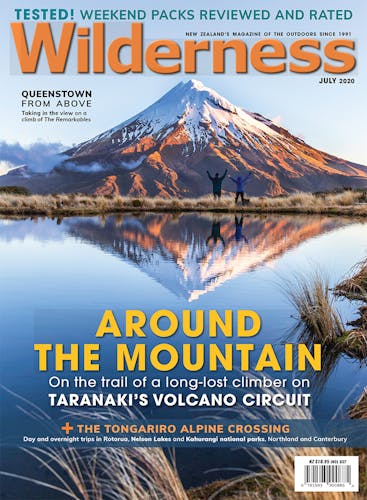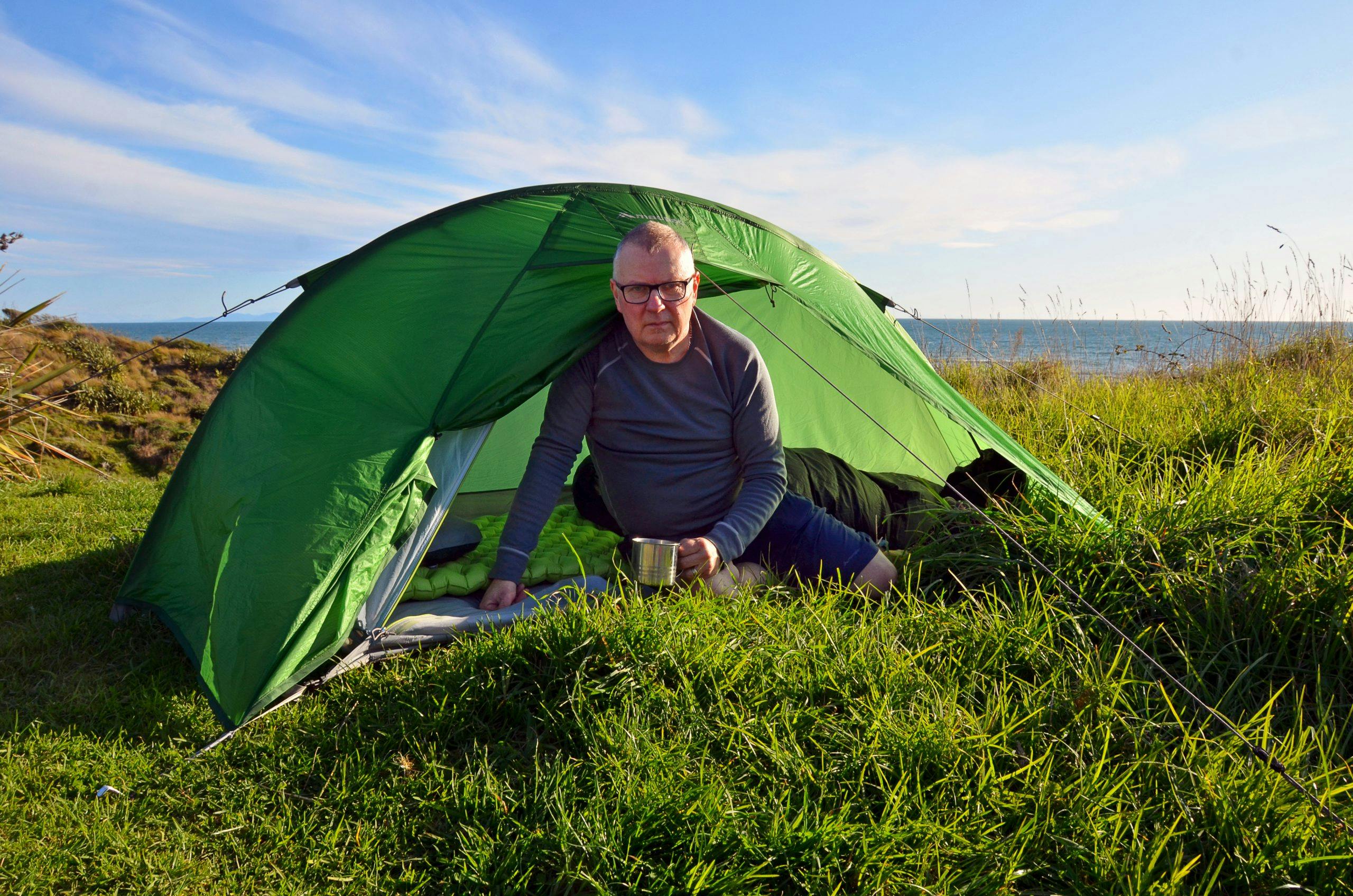How one tramper made sure he chose the right tent. By Darryl Ward
Last year, I needed to buy my first tent. I understood little about modern tents but knew there was an enormous selection. How would I choose the right one?
I already knew why I wanted a tent. I wanted the freedom to go into the wilderness on my own (mainly the Tararua Range) without being restricted to using huts. And I wanted a shelter that would cope with nasty surprises; I have seen a lovely summer day transform into a misty gale with sleet and minimal visibility in just a few minutes while on the way to Kime Hut.
I listed what was most important to me in a tent. I wanted a one-person shelter that offered durability, minimal weight, and optimal living space, at an affordable price. Now I had to find it.
I went on a crash course in the bewildering world of tent design. I educated myself on fabrics, learning the pros and cons of nylon and polyester, and the meanings of ripstop and denier. I familiarised myself with the pros and cons of the various shapes. Only then was I ready to start looking.
After searching for tents on the websites of outdoor stores and online retailers, I had a list of more than 20 tents from more than a dozen manufacturers.
Six especially caught my attention. The Gunya 1, at $230, was the least expensive but also the heaviest single-person tent, weighing 1800g. In the end, I could not find a local retailer that stocked it, and I did not want to buy a tent I had not seen in the flesh.
Even though it was a two-person tent, I seriously considered the Macpac Minaret because of its generous living space. But I ultimately decided I did not want to carry the extra weight.
I liked the MSR Hubba NX V7, but retailing for more than $850 it was beyond my budget and I also wasn’t too sure about the strength of the floor.
The North Face Stormbreak 1 ($300, 1500g) appealed for its more reasonable price tag. But it too was eliminated, mainly because I liked my final two choices better.
They were the Macpac Microlight, a tried and trusted classic, and the Macpac Sololight, a relatively new kid on the block. Brand favouritism was not the reason for the final two coming from the same brand. They just both ticked all my boxes and I really liked the multi-pitch design and solid tub floors. And they were both priced nicely thanks to a ‘40 per cent off’ sale.
The Microlight weighs 1600g and is the heavier of the two by 300g. It was also slightly more expensive at a discounted price of $430 compared to $350 for the Sololight. But neither of these factors was enough to make any real difference.
The Microlight is made from slightly more durable fabrics. It also looked like it would be easier to pitch – an important consideration even though it had not been on my list of what mattered.
The Sololight’s main advantage was better living space. Despite having a slightly smaller floor area, it offered greater internal volume because of its shape.
I read every review I could find. Consulted with tramping friends. Sought advice from online tramping groups. And asked questions in store.
Focusing on my original purpose – the freedom to tramp alone without being restricted to sleeping in huts with a shelter that could cope with nasty surprises – made my decision easy. Durability took priority over living space and weight; being fractionally more cramped and having an extra few hundred grams to carry was preferable to being caught out in a storm in a tent that might not cope.
I got the sales staff to pitch the Microlight in store so I could see how well I could fit in it with a selection of my gear. While I could readily see how the limpet shape reduced the internal volume, there was still more than enough space for me and my essentials. I went home the happy owner of a brand new Microlight.
After a couple of test runs, including a night of heavy downpours, the tent has kept me warm and dry in the Orongorongos and Tararuas.
I followed a strategy to ensure I made a sound decision. I made sure I was certain why I wanted a tent. I prioritised what was important to me. Then I researched materials and designs. This enabled me to consider many options and narrow them down to those that would work for me.
If an outdoor equipment purchase decision ever seems too complicated, you can ensure you buy what you need if you confirm your purpose, establish what is important for you, and do your research. Then you can narrow down the options to those that best fit your criteria.







